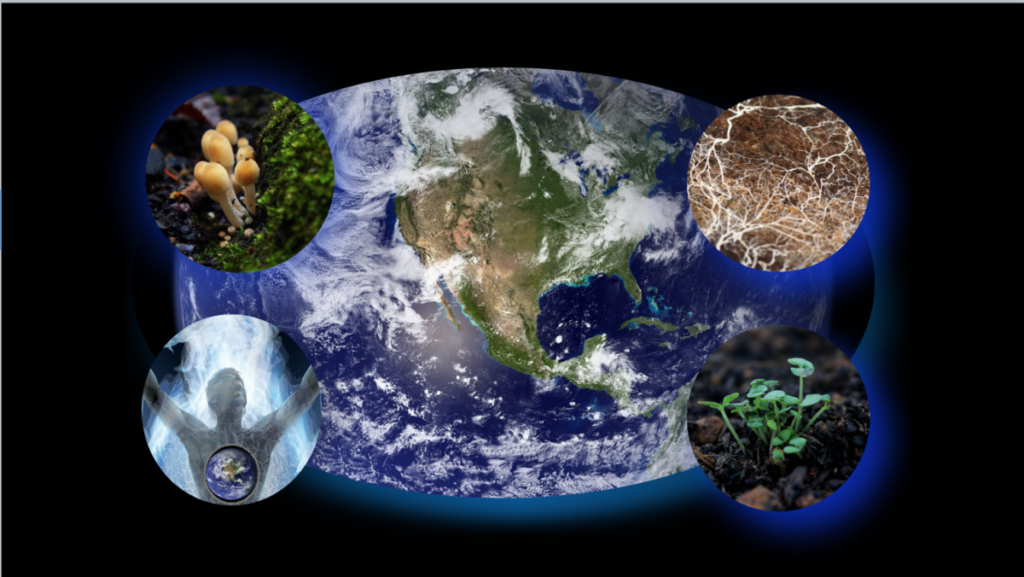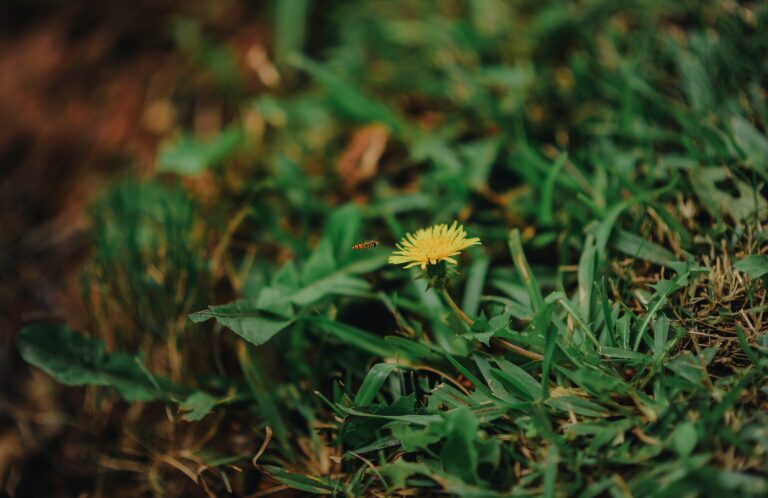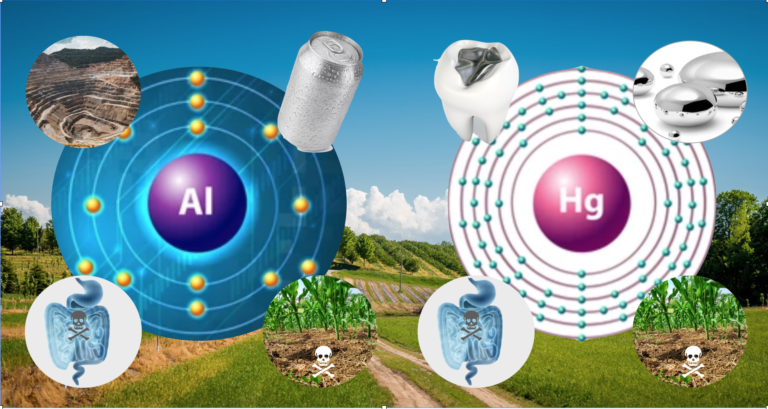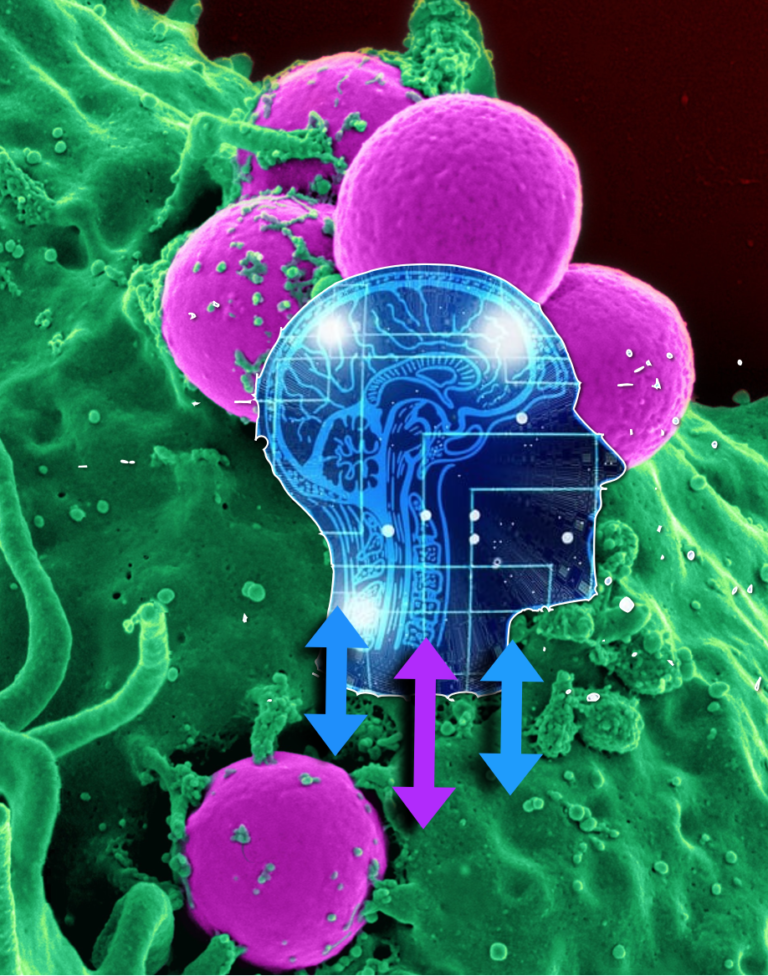FIRST THINGS FIRST: WHAT LIES BENEATH OUR FEET

“ The destruction of soil is the most fundamental kind of economic loss which the human race can suffer.” —Aldo Leopold.
“The nation that destroys its soil destroys itself”. —Franklin D. Roosevelt.
Modern agricultural practices and centuries of land clearing and overgrazing have led to degradation and loss of top soil. Top soil in Wall Street terms is biological capital. Soil is composed of a myriad of living organisms working synergistically to make life possible. Take for example the Actinomycetes, one of the main inhabitants of healthy soil giving soil the earthy smell. Actinomycetes form thread-like filaments and have the important job of impeding soil pathogens near the root of plants (rhizosphere) and turning up organic matter. Similar to other microorganisms in the gastrointestinal track of animals, Actinomycetes help with the production of enzymes that, in soil, are necessary for crops to thrive. In many different ways, Actinomycetes maintain the biotic equilibrium of the soil [1].
Plants, just like animals, need nutrients. Some nutrients are obtained above ground, such as sunlight and carbon dioxide (CO2). Other nutrients are obtained underground such as nitrogen (N) and phosphorus (P). Actinomycetes helps with Nitrogen fixation and Phosphorus compounds solubilization. There are different genus of Actinomycetes. Some secrete compounds that promote plant growth, some produce metabolites that allow other beneficial microorganisms to thrive and some enhance photosynthesis, nitrogen and carbon metabolism [2].Plants and trees shed organic litter and other organic detritus creating spots of diverse microbial presence and interactions. Leaf litter from different tree and plant species promote different microorganisms, decompose at a different rate, and can affect the underlying soil differently and synergistically.
Unfortunately, it is not only tilling practices that can alter the rich and complex soil microbial composition but a worse practice, herbicides. Herbicides such as Glyphosate, the active ingredient of Roundup, was commercialized in 1974. It was used on crops that had being modified to be Glyphosate-resistant. In this way, Glyphosate could act on weeds, sparing the crops. However, the resultant rapid increase of Glyphosate-resistant weeds caused this herbicide to be less effective over time. Acute toxic effects on animals and humans are low. However, cumulative exposure to low levels of Glyphosate is raising alarm among researchers. Glyphosate acts by suppressing an enzyme necessary for the shikimate pathway of bacteria, plant and archaea. The shikimate pathway does not belong to human or animal cell biology but to bacteria. This pathway is executed in bacteria of the Gastro-Intestinal-system, with the help of food, for creation of important nutrients or metabolites. The Glyphosate mechanism of action gives researchers a good reason to suspect it as the cause of celiac disease. Studies have confirmed that it causes digestive conditions in fish [3]. See Hensense
See Brain Matters.
In 2015 Glyphosate was reclassified by WHO as a potential human carcinogen. Moreover, the environmental pressure imposed by this herbicide is shifting microbial soil composition and contributing to proliferation of plant and animal pathogens [4]. One wonders if the increased flammability of plants and brush is more a result of herbicides and other artificially imposed environmental pressure.
Weeds serve a purpose, they are not demanding plants and fill up spaces with deficient soil. In the case of a common weed, dandelion, in addition to supporting pollinating insects with nectar, grows in highly compacted soils. The strong roots of Dandelion penetrate compacted soil providing much needed loosening without being destructive to soil microorganisms. Weeds also prevent depletion of top soil and its microbial communities by stopping snow, wind and rain from leaching it away.

In sum, organic matter is not a problem. The soil should be nourished and sheltered as the living and breathing organism that it truly is. Unfortunately, how intimate of a mutually beneficial link humans have to soil microorganisms, may never be completely understood. The first consideration in growing plants should be recreating rich, healthy soil where plant roots can collaborate with microorganisms in mutually beneficial processes that are health promoting. Nature takes hundreds of years to produce 1 inch of top soil. One can attempt to speed up the process by practicing permaculture* principles.
In the same way, that the human body should be approached as an integrated system of organs, growing plants and crops should be seen as dependent on an integrated eco-system, where plants are just one of the elements. Permaculture modernizes the practice of bio-integration with techniques that are not only resilient but regenerative. The following are examples of permaculture ideas to restore top soil:
- Native canopy trees that will produce enriching litter, such as oak, alder, acacias, moringa, etc., to generate and sustain soil microorganisms.
- Mulch about 1 foot or more to cover all soil. Soil microorganisms need moisture to thrive. Mulch prevents evaporation and regulates temperature. Mulch also inhibits weeds or make them easier to remove.
- Minerals are an essential part of top soil. Most soils are depleted and can be supplemented with Azomite, Kelp, Greensand, Char, lava rock. Testing can be done for specificity.
- Nitrogen fixing plants such as clover, peas, lupine, vetch.
- Rotational grazing of animals. Cycling livestock such as sheep and chickens. Creating areas of native plants to attract beneficial pollinators and promote soil beneficial microorganisms. Native plants adapt better to local soil type and environmental conditions.
* Recommended book: The Bio-Integrated Farm by Shawn Jadrnicek with Stephanie Jadrnicek.





1 thought on “FIRST THINGS FIRST: WHAT LIES BENEATH OUR FEET”
Comments are closed.